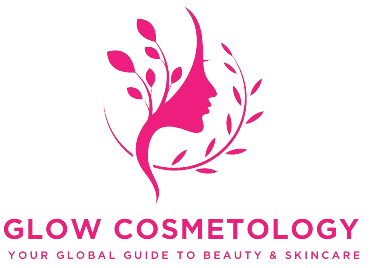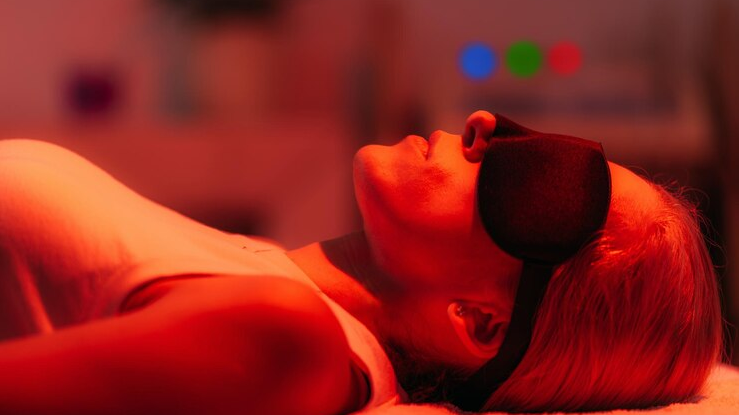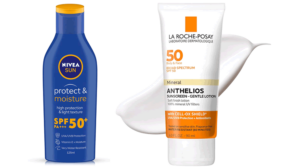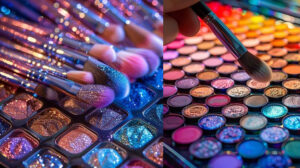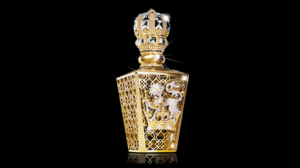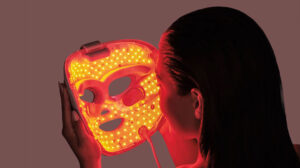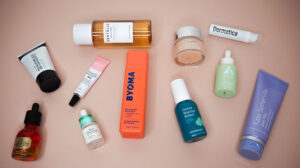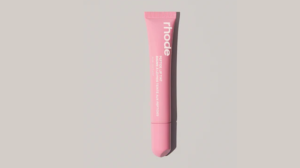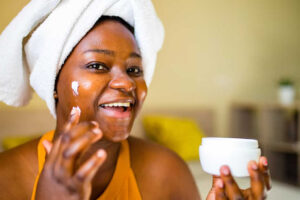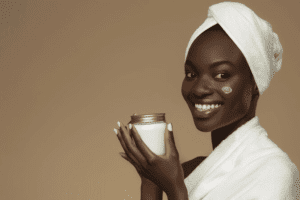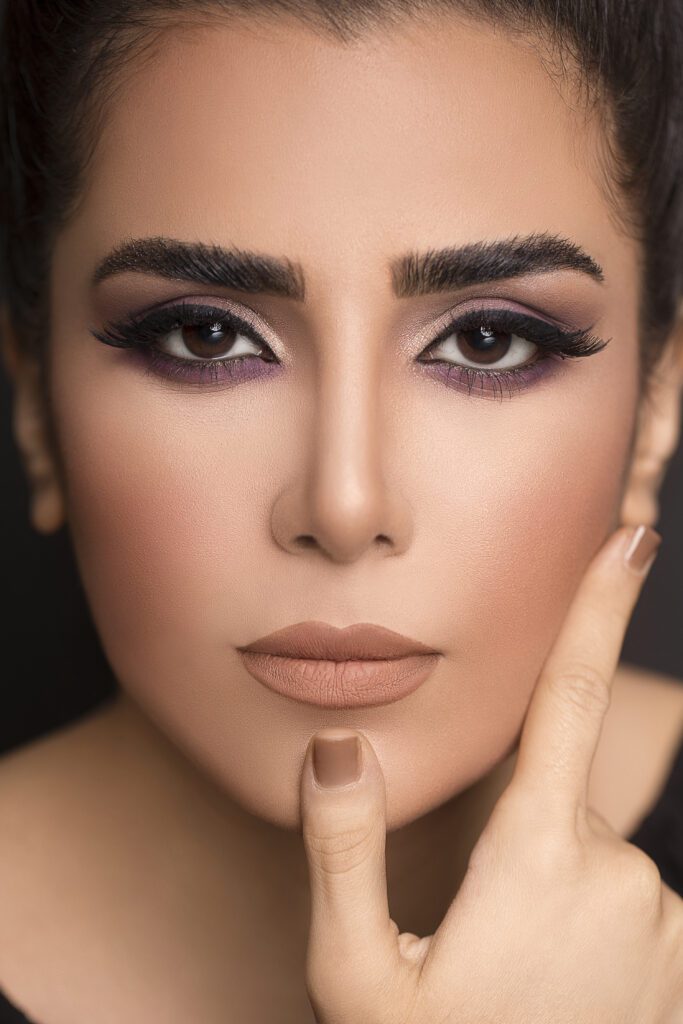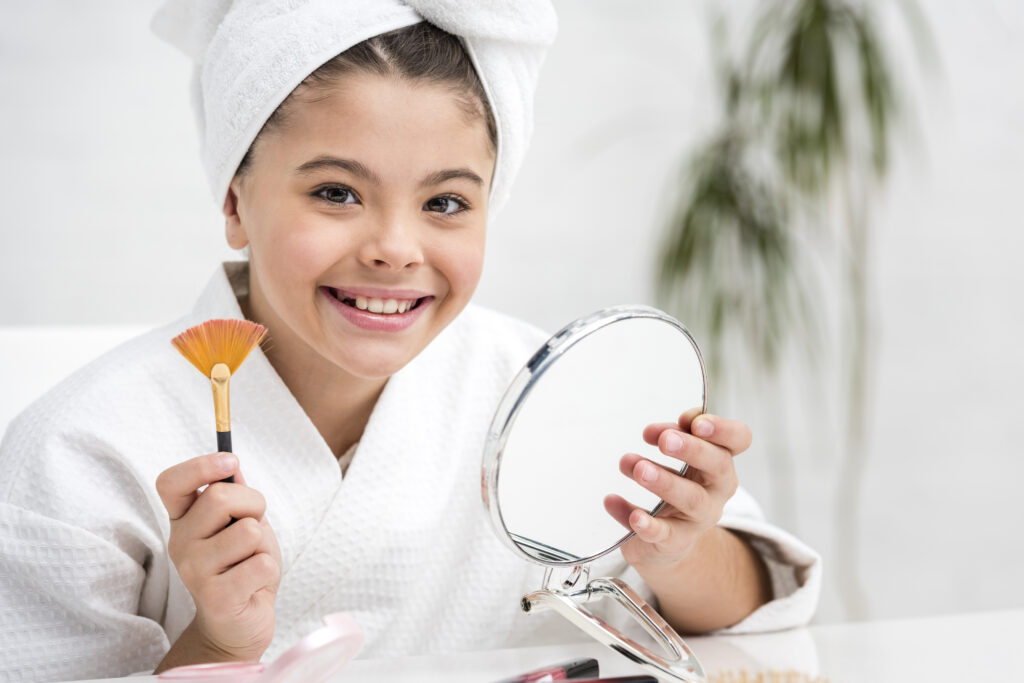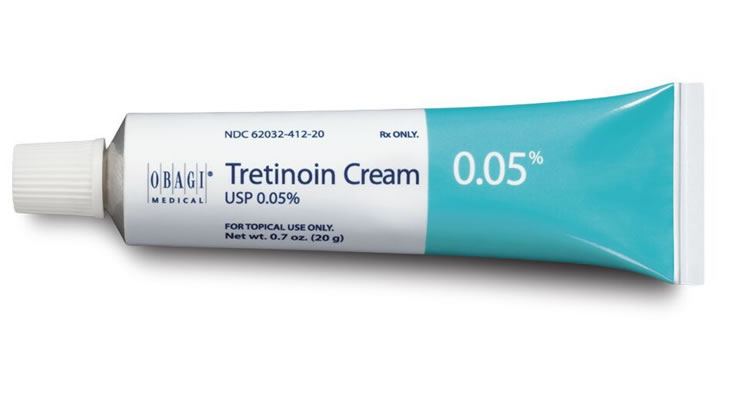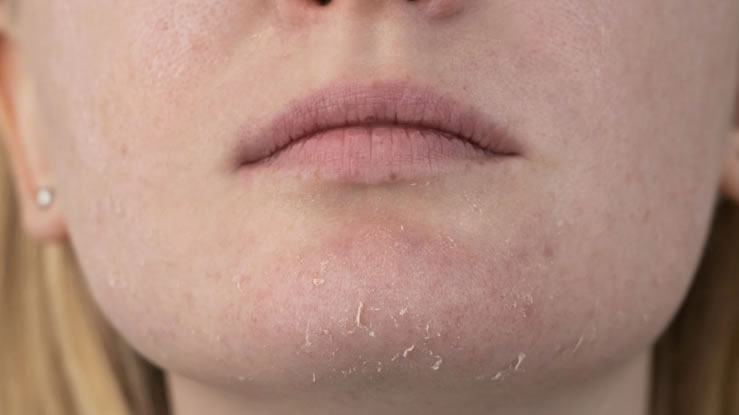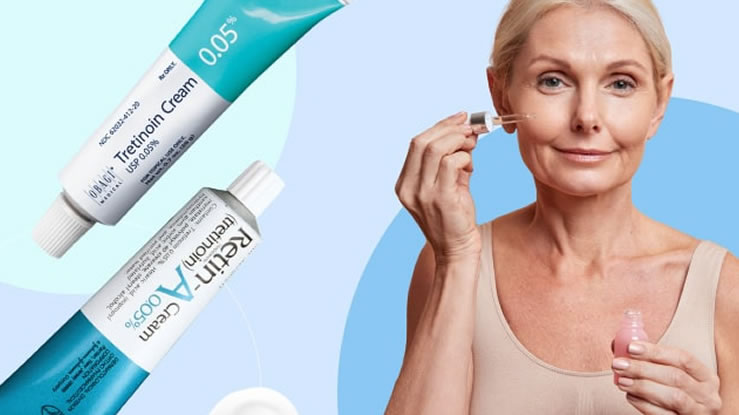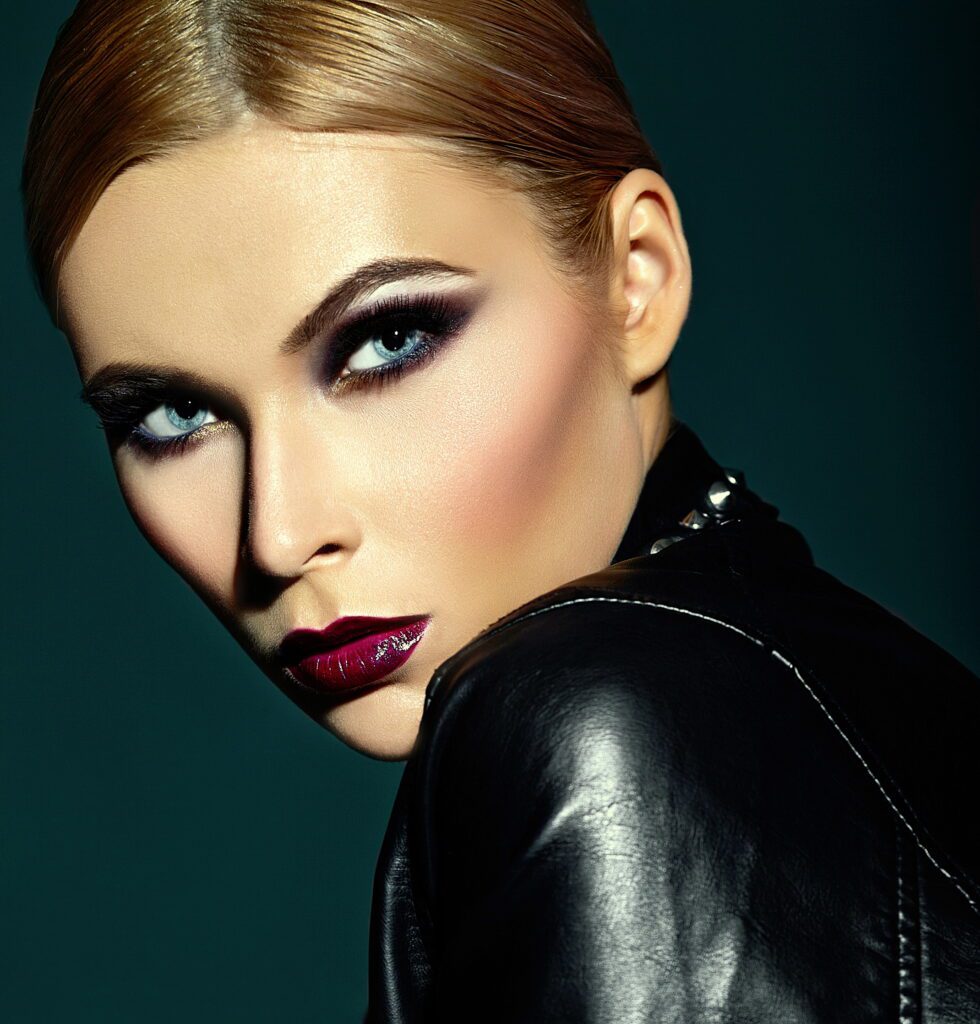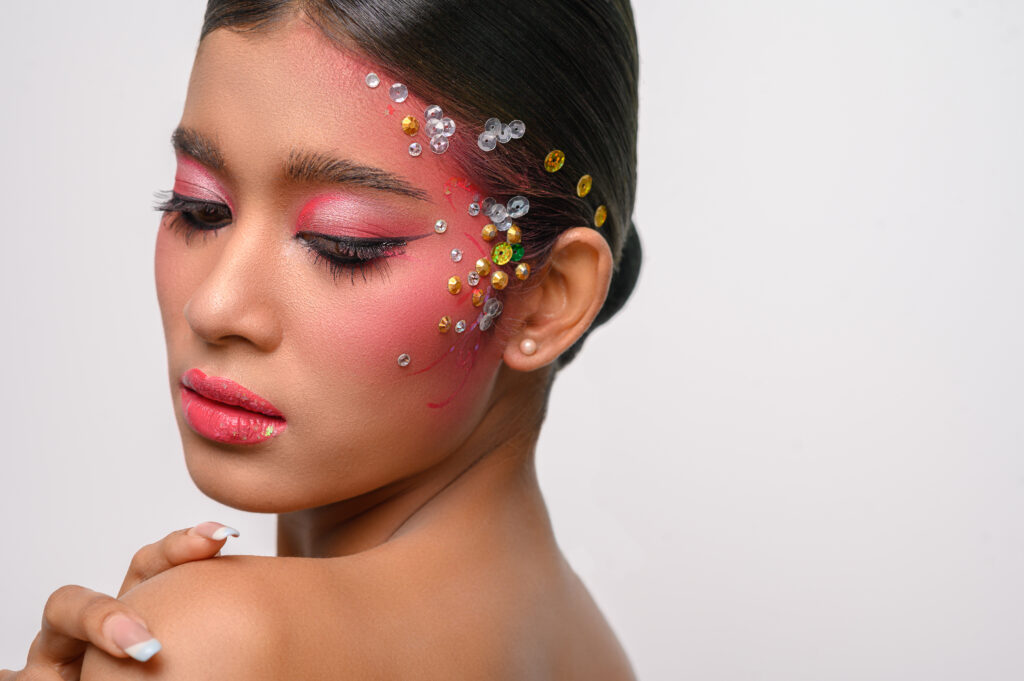In recent years, red light therapy (RLT) has gained widespread popularity for its ability to address a range of skin, health, and wellness concerns. This non-invasive treatment is praised for its potential to rejuvenate the skin, promote healing, and enhance overall well-being. But what exactly is red light therapy, and why has it become a buzzword in both the beauty and health industries? This article delves into the science behind red light therapy, its benefits, potential side effects, and the various ways it can be used.
What is Red Light Therapy?
Red light therapy is a therapeutic technique that uses low-level wavelengths of red and near-infrared light to penetrate the skin and stimulate cellular activity. It works by exposing your skin to light in a specific range (typically between 630–850 nm), which can reach the deeper layers of the skin and trigger biological processes. Unlike UV light, which can damage your skin, red light is considered safe and has therapeutic effects on skin cells and tissues.
RLT was initially developed by NASA to help astronauts heal wounds and regenerate tissues in space. Today, it’s used in dermatology clinics, wellness centers, and even at home with specially designed devices. Its growing popularity stems from its versatility in addressing a range of conditions, from wrinkles and acne to chronic pain and muscle recovery.
Benefits of Red Light Therapy
Skin Rejuvenation and Anti-Aging
One of the most well-known benefits of red light therapy is its ability to improve skin health. Studies show that RLT can stimulate collagen production, which helps reduce the appearance of fine lines, wrinkles, and sagging skin. Increased collagen also contributes to firmer, more elastic skin, giving you a youthful glow.
Additionally, red light therapy can boost circulation, bringing more oxygen and nutrients to the skin’s surface. This helps repair damaged skin, fade scars, and even out skin tone.
Acne Treatment
Red light therapy is effective in treating acne by reducing inflammation and targeting the bacteria responsible for breakouts. By decreasing oil production and soothing redness, it helps improve the overall texture and appearance of acne-prone skin. Unlike harsh topical treatments, RLT is gentle and suitable for sensitive skin.
Wound Healing and Scar Reduction
RLT is also widely used for wound healing. The light penetrates the skin to promote cellular regeneration, encouraging faster healing of cuts, burns, and other injuries. This makes it a powerful tool for minimizing scars and improving post-surgery recovery.
Pain Relief and Muscle Recovery
For athletes and individuals with chronic pain conditions, red light therapy offers a drug-free solution for relief. It can reduce inflammation, improve blood flow, and accelerate the repair of muscle tissue. Common conditions treated include:
- Arthritis
- Tendonitis
- Muscle strains
- Joint pain
Improved Sleep and Mental Health
Red light therapy may also help regulate the body’s natural circadian rhythm by improving melatonin production. This can lead to better sleep quality and reduced symptoms of insomnia. Moreover, studies suggest that RLT may reduce symptoms of depression and anxiety by promoting relaxation and lowering cortisol levels.
Hair Growth
If you’re experiencing hair thinning or loss, red light therapy might be a solution. Research indicates that RLT stimulates hair follicles, promoting regrowth in cases of alopecia and other hair-related conditions.
Enhanced Cellular Repair
RLT supports mitochondrial activity, the powerhouse of cells. By boosting energy production at the cellular level, it helps tissues repair and regenerate more efficiently, leading to faster recovery from injuries or surgeries.
Side Effects of Red Light Therapy
While red light therapy is considered safe for most people, there are some potential side effects to be aware of. These are typically mild and temporary:
Skin Redness
Some individuals may experience slight redness or irritation after a session, especially if they have sensitive skin.
Eye Sensitivity
Exposure to direct red light can strain the eyes, so it’s important to wear protective goggles during sessions to prevent discomfort.
Temporary Dryness
In rare cases, the skin may feel drier than usual after treatment, but this can often be remedied with a good moisturizer.
Burn Risks with Improper Use
If the device is too strong or used incorrectly, it can cause mild burns or discomfort. Always follow the manufacturer’s guidelines to avoid overexposure.
Uses of Red Light Therapy
Red light therapy can be used for a variety of purposes. Here are the most common applications:
Skincare and Beauty
Red light therapy devices designed for at-home use have become incredibly popular. These devices can help you maintain glowing, healthy skin by reducing wrinkles, brightening your complexion, and targeting acne.
Pain Management
Many people use RLT devices to manage chronic pain conditions such as back pain, arthritis, and fibromyalgia. Red light therapy offers a non-invasive alternative to painkillers.
Athletic Recovery
Professional athletes often incorporate RLT into their recovery routines. Whether it’s used to reduce muscle soreness or speed up recovery after intense workouts, RLT has proven effective.
Hair Care
From clinics to at-home laser caps, RLT is used to treat hair loss and improve the strength and thickness of hair.
Mental Wellness and Sleep Aids
As mentioned earlier, RLT can enhance relaxation and improve sleep, making it an excellent choice for anyone struggling with mental health or sleep disorders.
Veterinary and Pet Care
Interestingly, red light therapy is also used in veterinary medicine to treat injuries, inflammation, and arthritis in animals.
How to Use Red Light Therapy at Home
With the rise of at-home devices, red light therapy is now more accessible than ever. Here are a few tips for effective use:
- Choose the Right Device: Look for FDA-cleared devices with the appropriate wavelength range (630–850 nm).
- Follow Instructions: Always read the manufacturer’s guidelines to understand the recommended usage time and distance from the device.
- Consistency is Key: Results are typically seen after several weeks of regular use, so stick to a schedule.
- Protect Your Eyes: Wear protective goggles to prevent eye strain or damage.
Who Should Avoid Red Light Therapy?
While RLT is safe for most individuals, the following groups should consult a doctor before using it:
- Pregnant women
- Individuals with light sensitivity or photosensitive conditions
- People taking medications that increase sensitivity to light
Red light therapy is a versatile, non-invasive treatment that can benefit your skin, health, and overall well-being. From reducing wrinkles and acne to alleviating pain and improving sleep, its applications are diverse and backed by scientific research. While it’s generally safe and easy to use, always consult with a healthcare provider if you’re unsure about its suitability for your specific needs.
With consistent use, red light therapy has the potential to unlock a healthier, more radiant version of yourself. Whether you’re investing in an at-home device or seeking professional treatments, RLT is worth considering for a natural, science-backed approach to self-care.
Read Also>>>What Are the Benefits of Lip Therapy?
